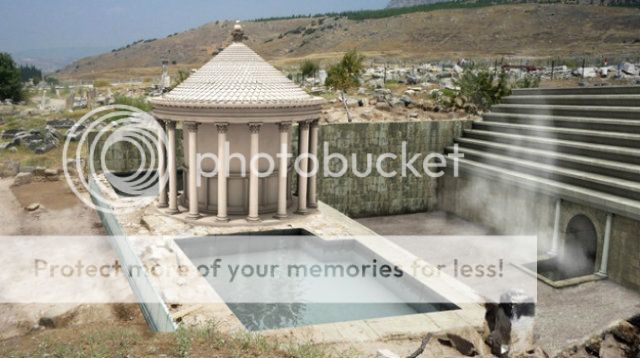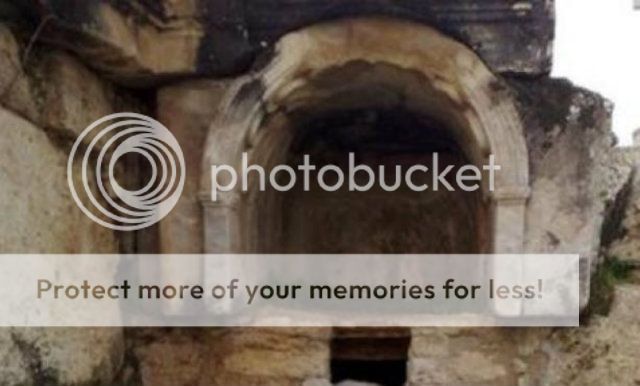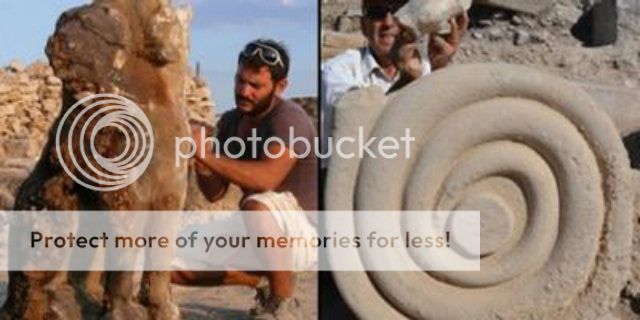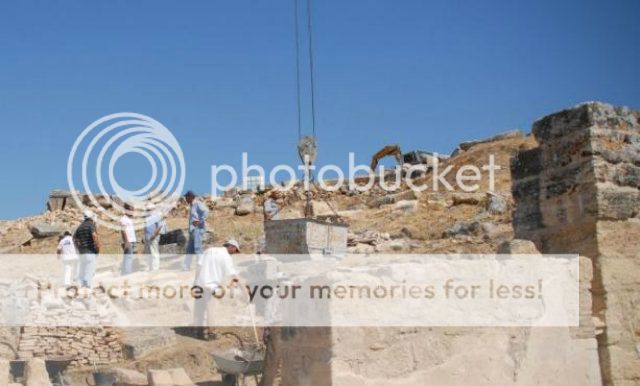-
*Astrella.
User deleted
The Plutonium 'Gate To Hell' Found In Ancient City Of Hierapolis - Turkey

A “gate to hell” has emerged from ruins in southwestern Turkey, Italian archaeologists have announced.
Known as Pluto's Gate -- Ploutonion in Greek, Plutonium in Latin -- the cave was celebrated as the portal to the underworld in Greco-Roman mythology and tradition.
Historic sources located the site in the ancient Phrygian city of Hierapolis, now called Pamukkale, and described the opening as filled with lethal mephitic vapors.
“This space is full of a vapor so misty and dense that one can scarcely see the ground. Any animal that passes inside meets instant death,” the Greek geographer Strabo (64/63 BC -- about 24 AD) wrote.
“I threw in sparrows and they immediately breathed their last and fell,” he added.
Announced this month at a conference on Italian archaeology in Istanbul, Turkey, the finding was made by a team led by Francesco D'Andria, professor of classic archaeology at the University of Salento.
D'Andria has conducted extensive archaeological research at the World Heritage Site of Hierapolis. Two years ago he claimed to discover there the tomb of Saint Philip, one of the 12 apostles of Jesus Christ.
Founded around 190 B.C. by Eumenes II, King of Pergamum (197 B.C.-159 B.C.), Hierapolis was given over to Rome in 133 B.C.
The Hellenistic city grew into a flourishing Roman city, with temples, a theater and popular sacred hot springs, believed to have healing properties.
“We found the Plutonium by reconstructing the route of a thermal spring. Indeed, Pamukkale' springs, which produce the famous white travertine terraces originate from this cave,” D'Andria told Discovery News.
Featuring a vast array of abandoned broken ruins, possibly the result of earthquakes, the site revealed more ruins once it was excavated. The archaeologists found Ionic semi columns and, on top of them, an inscription with a dedication to the deities of the underworld -- Pluto and Kore.
D'Andria also found the remains of a temple, a pool and a series of steps placed above the cave -- all matching the descriptions of the site in ancient sources.
“People could watch the sacred rites from these steps, but they could not get to the area near the opening. Only the priests could stand in front of the portal,” D'Andria said.
According to the archaeologist, there was a sort of touristic organization at the site. Small birds were given to pilgrims to test the deadly effects of the cave, while hallucinated priests sacrificed bulls to Pluto.
The ceremony included leading the animals into the cave, and dragging them out dead.
Source: http://news.discovery.com/history/archaeol...rkey-130329.htm.
The Plutonium 'Gate To Hell' Found In Ancient City Of Hierapolis - Turkey2 Marzo 2014 |


